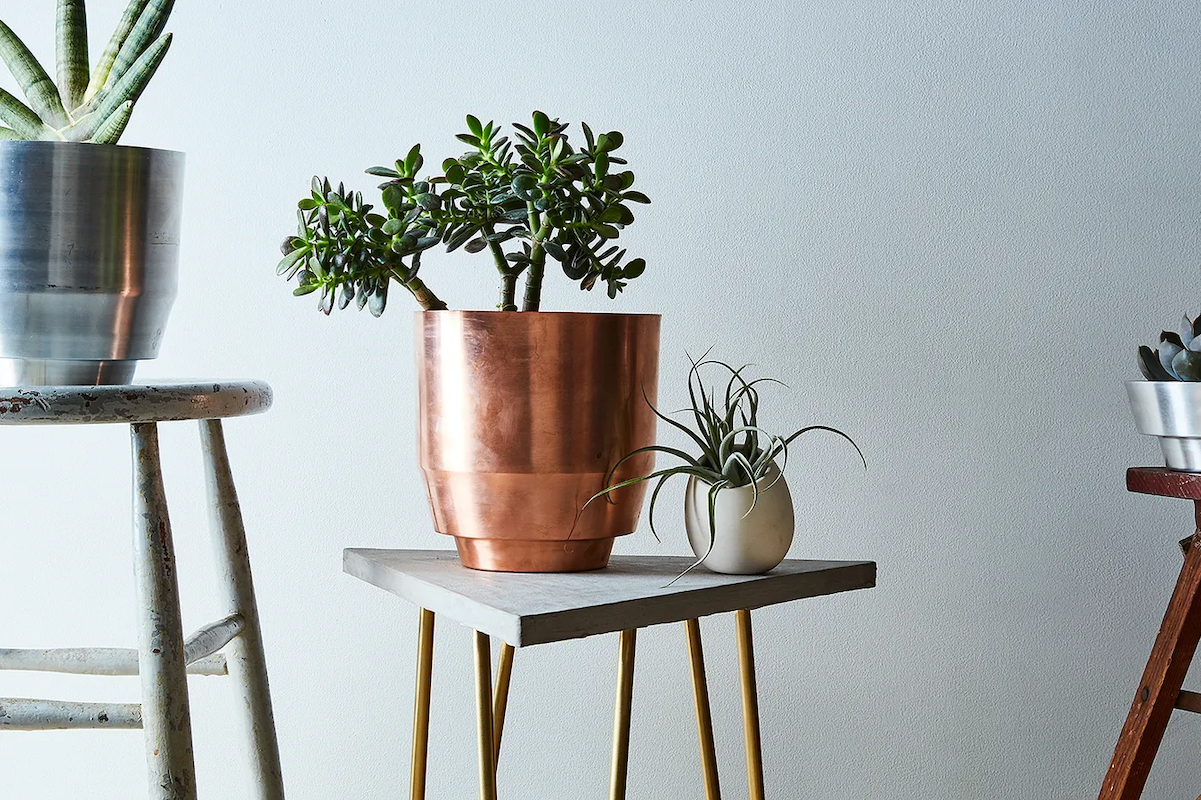Clean Like You Mean It shows you how to tackle the trickiest spots in your home — whether they’re just plain gross or need some elbow grease. You’ll get the cleaning secrets we’ve learned from grandma, a guide to our handiest tools and helpers, and so much more. Pull on those rubber gloves and queue up the tunes: It’s scour hour!
I consider myself to be a pretty good plant parent. I’ve got about 16 plant kiddos (several of which have names), I don’t overwater them, and I’ve got my pest-control routine down to a science (diatomaceous earth, neem oil, and sticky traps FTW). But one thing I’ve realized that I hardly do? Dust my plants’ leaves.
I recently watched Denver, Colorado-based plant consultant Tyler Cross (and parent to more than 250 plants) wipe down his monstera on Instagram and couldn’t remember the last time I dusted mine. Was it last month, or last year? I wouldn’t be able to tell you, but time also doesn’t make sense right now so, who knows? What I can tell you is that it’s been a while. And even as I write this, I’m trying to avoid looking at my monstera because I know there’s a fine layer of dust on its leaves that’s staring back at me.
“In nature, plants are cleaned by the rain and wind, but our indoor plants don’t get that luxury, so it’s up to us to help them out,” says Cross. While you can and should dust your plants regularly throughout the year to keep their leaves clean, doing so ahead of their growing season in spring and summer is key to happy, healthy plants. “Foliage that is free of dust can take in more light, allowing the plants to go through photosynthesis with ease,” he says.
Bloomscape‘s gardening expert Lindsay Pangborn adds: “It’s also a good way to get up close and personal with your plant and spot early stages of insect infestations or other issues that may be affecting your plant’s overall health.
Pangborn says you can just run a dry microfiber cloth over both sides of the leaves, taking care not to rip or tear any of them, of course. There are also cloths in the form of gloves that are slightly easier to move around in, but I usually use a regular cloth without a problem. Make sure you get both sides of the leaf, as pests like to hang out on the underside where you might not look at as often. Pangborn says this is also a good time to remove any brown or yellowing leaves — another easy way to keep your plants happy and free from pests.
Cross wipes down his plants with large leaves like his monsteras and fiddle leaf figs, but “smaller leaves like pothos get sprayed down and shaken.” You can also dampen the cloth with water if you’ve neglected your plants for years, or try Cross’ routine: mix together neem oil, castile soap, and warm water in a spray bottle and wipe down with microfiber gloves. “Some plants don’t want neem oil on their foliage, and for those, I just use water and microfiber gloves,” he says.
As far as frequency, it’s up to you and your space. Cross dusts his plants at least once a season and says there’s no such thing as dusting too often. For something more involved, Pangborn advises misting your plants regularly to slow the accumulation of dust, or even showering or spraying down your plants when you water them every few weeks with lukewarm water.
Wait, all these benefits and minimal effort on my end? Brb, I have to dust my monstera’s leaves now.


